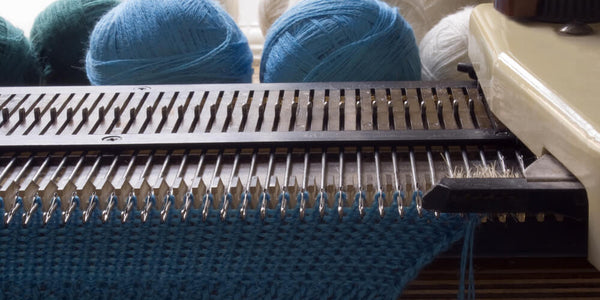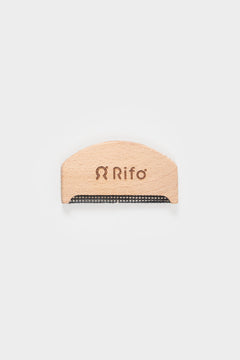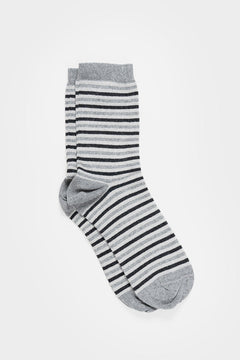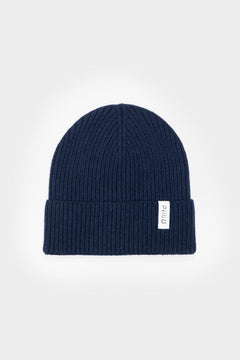La maille est un secteur riche de traditions et de savoir-faire artisanal.
Derrière chaque pièce tricotée, il y a un monde de choix : points, modèles, cols, manches, côtes... Même les « diminutions » font partie de ces décisions.
Chez Rifò, une partie de l’équipe parle couramment ce langage technique, tandis qu’une autre se demande : « Mais qu’est-ce que cela signifie exactement ? »
Ce sont les équipes produit et communication, et dans cet article de blog, nous voulons partager avec vous ce que nous apprenons chaque jour, en particulier : que sont les diminutions dans un pull ?
Comment sont réalisées les diminutions en maille
Le mot « diminution » vient du fait que les aiguilles de la machine à tricoter sont abaissées pour créer des courbes, comme au niveau de l’encolure ou des emmanchures.

Pour faire un pull avec diminutions, il ne faut pas une machine spéciale, mais un bon programmeur capable de générer les inclinaisons nécessaires à la création du vêtement.
Fonctionnalité et esthétique
Sur le plan technique, les diminutions permettent plus de fonctionnalité, car elles facilitent la création de courbes et de bords inclinés dans le tissu.
Ces diminutions sont visibles à travers des points spécifiques, qui donnent une finition propre et soignée au vêtement. On les trouve surtout à l’encolure et aux emmanchures, zones nécessitant des courbes en fonction de la forme du modèle.

Les diminutions donnent au vêtement une apparence plus soignée et harmonieuse, car les différentes parties tricotées sont déjà prêtes à être assemblées.
Par rapport à une manche cousue de façon standard avec une simple surjeteuse, ce processus est plus raffiné et génère moins de déchets textiles.
L’alternative aux diminutions
Mais tous les vêtements en maille ne sont pas réalisés avec cette technique. Quelle est donc l’alternative ?
Il s’agit simplement de tricoter les différentes parties sans courbes, puis de les assembler ensuite.
De plus en plus de vêtements destinés à un public jeune sont conçus sans diminutions, qui sont pourtant synonymes de qualité et de tradition.
Rifò a expérimenté les deux techniques. Voici quelques modèles Rifò réalisés sans diminutions : Alda, ou les modèles masculins Cesare et Italo.
Les pulls avec diminutions de Rifò

Rifò utilise aussi la technique des diminutions dans de nombreux modèles classiques et intemporels, adaptés à tous les âges. Par exemple notre modèle homme Romeo et le modèle femme Ada.
Découvrez toute la collection de maille Rifò pour femmes et pour hommes, réalisée en cachemire recyclé selon la tradition artisanale !








